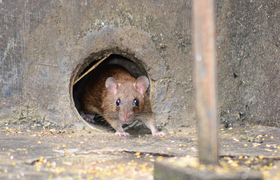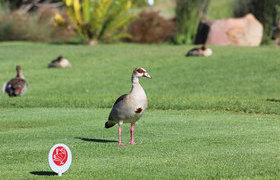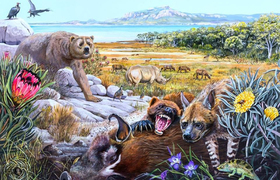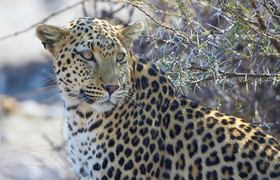Study lets cat out of the bag
03 August 2020 | Story Penny Haw. Photo Pexels. Read time 7 min.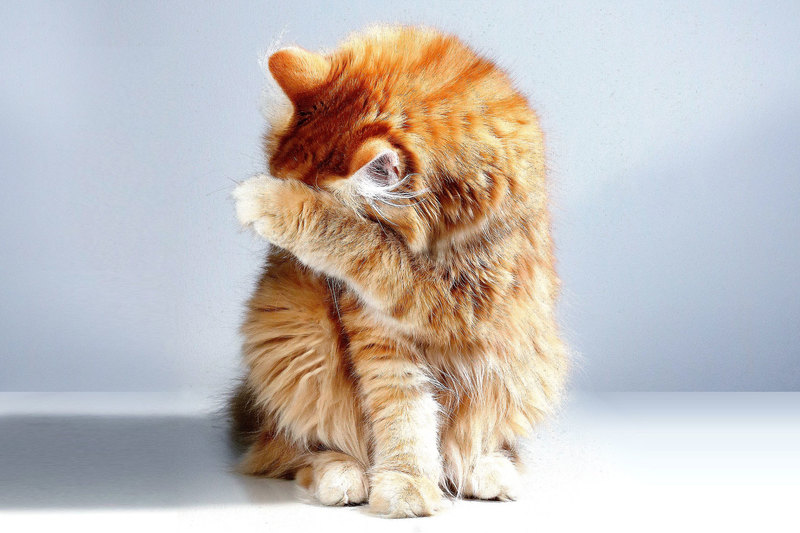
A paper based on the results of multiple questionnaires and video footage of the habits of domestic cats in Cape Town provides valuable new insights and evidence of the high cost of feline predation for fauna, which provides an informed starting point for discussions to help reduce their impact on wildlife. This according to research associate Dr Robert Simmons from the University of Cape Town (UCT).
“Many people, several of whom love biodiversity as much as they love their pets, are unaware of the impact that their cats have on the wildlife around them,” said Simmons, who initiated the research. “Our study provides proof of the range and extent of predation and highlights the importance of looking for solutions to the damaging impact of domestic cats on wildlife conservation.”
Published in the journal Global Ecology and Conservation and titled “Caught on camera: The impacts of urban domestic cats on wild prey in an African city and neighbouring protected areas”, the research was a collaboration between Simmons from the FitzPatrick Institute of African Ornithology, the UCT Department of Biological Sciences, Justin O’Riain from the the Institute for Communities and Wildlife in Africa (iCWild) and Colleen Seymour from the South African National Biodiversity Institute’s Kirstenbosch Research Centre.
It is part of a long-term project and combines several individual studies. Among these was the 2009 study by biological sciences master’s student Sharon George, who used global positioning systems to track the roaming ranges of domestic cats.
“The trackers found that cats hunt up to 800 metres away from home,” said Simmons. “When Frances [Morling, a biological sciences student and member of the study group] fitted cats with KittyCam video cameras during 2013 and 2014, and we compared video footage with results of questionnaires [surveys were also conducted by fellow biological sciences student Koebraa Peters in 2010] and other data, we found that up to 90% of hunting takes place at night. What’s more, less than 20% of prey is brought home. In other words, it’s not surprising that most cat owners have no idea of the impact that their animals have on wildlife.”
“Up to 90% of hunting takes place at night … less than 20% of prey is brought home.”
Shedding new light
Cats included in the study were divided into two groups: those on the urban edge near the borders of Table Mountain National Park (TMNP) and those in deep urban areas.
Surveys about prey returns were undertaken in 22 suburbs, while cat densities were assessed over two years via door-to-door surveys (431 households) in Glencairn, Hout Bay and Newlands. These suburbs, explained Simmons, were selected because they encompass the environmental variation of the peninsula and are fairly typical urban suburbs. This means that the data could be extrapolated for Cape Town’s suburbs, but not its townships, where cat ownership is rare.
The nifty 32 g KittyCams with their break-away, snag-proof cat collars were fitted to 28 free-ranging domestic cats, whose behaviour returned to normal within 48 hours of the collar-fitting, as assessed by their owners. An average of 36 hours of footage was collected for each cat, with cats wearing the cameras for two to three weeks. The KittyCams and collars were then removed from the cats and, for the two weeks following, participants recorded the number of dead and living prey returned by their cats. This stage was used to assess whether prey return rates by cats were negatively influenced by cats wearing KittyCams and collars.
Identifying the prey
The vast majority of animal kills recorded on video (92%) were caught at night, with reptiles constituting the majority of kills recorded. All the reptile kills on video were endemic marbled leaf-toed geckos, which are nocturnal and easily caught and consumed by cats. Mammals constituted 24.2% of kills on camera, invertebrates 21.0%, birds 1.6% and amphibians 1.6%, with one unidentifiable animal (1.6%).
There were significant differences in the types of total prey returned home and total killed, as observed on the KittyCam video. Birds and mammals were more often returned home versus reptiles and invertebrates. Cats in the deep urban category killed at the same rate as those on the urban edge, but hunted different species.
The study found that the average domestic cat killed between 59 and 123 animals per year. This, given the estimated 300 000 domestic cats that live in Cape Town, translates to 27.5 million prey per year, including 203 000 from the TMNP. Among these are the endangered western leopard toad, vulnerable Cape rain frog and orange-breasted sunbird.
“The average domestic cat killed between 59 and 123 animals per year … [which] translates to 27.5 million prey per year, including 203 000 from the TMNP.”
The problem of free-roaming cats, however, extends beyond the decimation of wildlife. Cat predation removes animals that perform critical roles in the urban or wild ecosystem and influences the behaviour and reproductive success of local species. Furthermore, domestic cats compete with local predators such as Cape grey mongoose, caracal, small-spotted genet, jackal buzzard and the endangered black harrier. In addition, they can transmit diseases to wildlife.
What is the solution?
Simmons acknowledged that there isn’t a quick or easy solution to the impact of domesticated cats on wildlife. The results of the study, however, emphasise how critical it is to build awareness of the problem and to look for answers.
Among the potential solutions mooted is the introduction of a buffer or cat-free zone that restricts cat ownership along urban fringes to protect conservation areas. Other proposals include the installation of catios, which restrict cats to their owners’ properties; the wearing of collars with various technologies and systems to warn wildlife; and the restriction of cats’ night-time movements.
The paper concludes: “International wildlife law requires national authorities to adopt and implement policies to prevent, reduce or eliminate the impact of free-ranging domestic cats on biodiversity. Although this will be a challenge, it is possible to implement, and some promising solutions, eg involving cat owners in citizen science programmes, are now emerging.”
 This work is licensed under a Creative Commons Attribution-NoDerivatives 4.0 International License.
This work is licensed under a Creative Commons Attribution-NoDerivatives 4.0 International License.
Please view the republishing articles page for more information.







